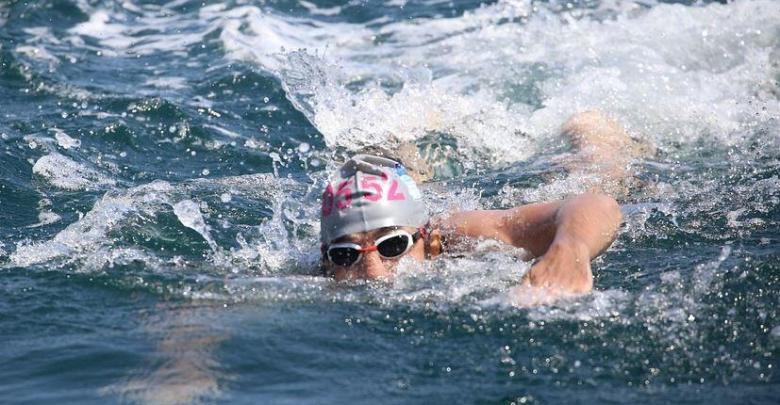Two tests to evaluate your swimming performance
We present two tests that you can take to any pool with just one stopwatch.

Knowing your improvement in swimming will be easier from now on. We present two tests that you can take to any pool with just one stopwatch.
Critical Speed (Critical Speed, CS)
The critical speed correlates with the maximum speed at which the lactate state is stable. Therefore, through this test we will obtain the optimal swimming rhythm in the average aerobic area, we can work the aerobic resistance and check later if there are improvements in performance.
To carry out the testo is It is necessary to make two distances (400 and 200 meters or 400 and 50 meters) at the maximum possible speed and with full recovery between both tests. The time used in each distance is recorded (in seconds) and the following formula is applied:
CS = (DM-Dm) / (TM-Tm) where,
DM = Greater distance (400m); Dm = Less distance (200m); TM = Time in the greatest distance in seconds; Tm = Time in the shortest distance in seconds.
For example:
- Test 400m: 5: 00 à 300 seconds
- Test 200m: 2: 20 à 140 seconds
- Vcrit = (400-200) / (300-140) = 1,25 m / s
- Time in 100m = 100 / 1,25 = 80s à 1'20"
This critical speed corresponds to the anaerobic threshold, that is, that trainings at lower speeds will make us work on our aerobic energy systems and training at higher speeds will make the anaerobic sources of the organism work.
Swolf
It is possible that if you have a sports watch for triathlon or swimming, you have seen this information when downloading your daily training, but do you know what it means? The swolf is a indirect measurement of swimming efficiency that you get at add the strokes made to travel a distance plus the time used for it.
But if you do not have that sports watch, all you have to do is swim a distance (25 or 50 meters) at the highest possible speed, counting all the strokes you make and noting the time spent in seconds. The data that you obtain will be your personal reference, from which you will be able to see your evolution and improve with the course of the trainings.
Example:
- If you perform 25 meters in 20 seconds and use 20 strokes for it, your Swolf will be from 40
It is advisable to eliminate the influence of the exit and the turn, so that the test in pool of 50 meters will be more reliable. When you want to check your training progress, choose a test replication as similar as possible to the first time.
The fact of noting both the number of strokes and the time spent in a stipulated distance will allow you to analyze the evolution in a more exhaustive way, given that the Swolf can be the same but the data can not.
Example
- First test: Do 50m in 40 seconds with 40 strokes à Swolf 80
- Second test: Make 50m in 45 seconds with 35 strokes à Swolf 80
It is possible that in the second case the athlete has decreased the stroke rate by performing a greater sliding phase.
Having efficiency data and critical swim speed will help you plan your workouts in terms of technique and rhythms for the series, so get to work to improve your best records!
References
Wakayoshi K, Ikuta K, Yoshida T, Udo M, Moritani T, Mutoh Y, et al. (1992). Determination and validity of critical velocity as an index of swimming performance in the competitive swimmer. Eur J Appl Physiol.; 64: 153-7.
Oca, A. (2013). Use of critical speed for aerobic endurance training in young swimmers. https://g-se.com/uso-de-la-velocidad-critica-para-el-entrenamiento-de-la-resistencia-aerobica-en-nadadores-jovenes-bp-Y57cfb26d6195d
Ortega Diez, J. (2015). Swolf https://g-se.com/swolf-bp-X57cfb26e81fe6
Laura García Cervantes
Dra. Science of Physical Activity and Sport
Technical Director Club Trikatlón Tres Cantos
Triathlon and Swimming Senior Trainer
Paratriathlon Specialist Trainer
There are no previous results.






















